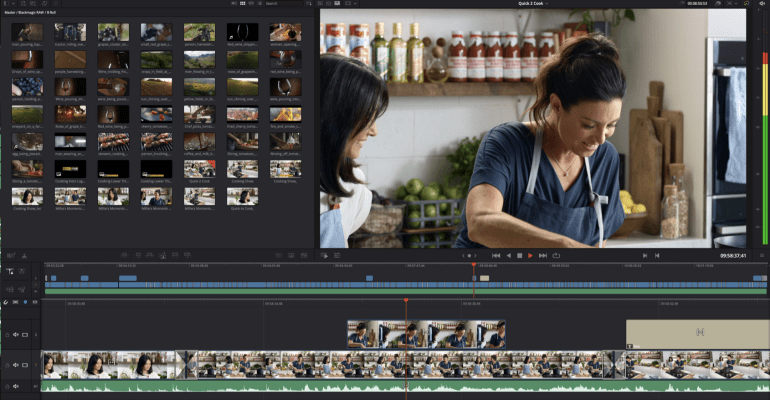

Enable keyframing for the Scale value of the footage layer in the Controls tab.Move the Playhead to the start of the shot.When you’re satisfied with the shot’s appearance, you can begin to keyframe the product’s Scale value this imitates the appearance of the camera moving towards it. Once masked, add a black plane underneath your footage and adjust the feather strength and expansion to eliminate any harsh lines and soften the edges of the can. Once you have colored your shot, you can then create a mask that covers the areas you wish to hide for example the turntable and the wall. Additionally, this effect was used to increase the brightness of some of the colors within the shot the blues and purples present were intensified by increasing the Blue and Magenta Saturation to around 15. Next, we applied the “Hue, Saturation & Lightness” effect to raise the master saturation slightly. Then make a shallow s-curve for contrast – the gradient of the curve will depend on your footage.Reduce the black down to the zero line, and raise the white to roughly 90.After applying the Curve effect to your footage: We began by coloring our shot as with all of our shots to enhance the black void look using the Curves effect. We wanted to give it the appearance of a smooth “dolly in”. The first shot edited was of a still can. Step 3: Edit your footage Smooth “dolly in”

We recorded various creative shots – even if you’re unsure of a concept, shoot it anyway you may find that it looks great in the edit! The most important thing overall is to get creative and have fun. To give our can a cool and refreshing appearance, we spritzed it with water before filming. We decided to shoot our hero shot (end shot) first, so the products and props were unopened and unspoiled. A handy tip to keep in mind is always keep your shutter speed at roughly double your frames per second. We shot our entire advert at 100 fps for consistency and to give us the option of adjusting the speed in post. Additionally, we avoided overexposing our shots, as it’ll be difficult to reverse in post. Regarding the camera settings, we set the aperture as low as possible (f/3.5) to keep the subject in focus and the background blurred. We mounted a camera on a tripod positioned reasonably close to the subject, adjusting the height and zoom distance to ensure the frame was filled predominantly with black. We’d recommend that you create a shot list before you shoot – this guarantees that you know exactly what shots to get and prevents things from being missed. Lastly, we placed a small light behind the can to help separate it from the background. We also placed a white base plate beneath the can to reflect the light onto the darker areas at its base – anything white, such as a sheet of paper should suffice. Additionally, we set up a light directly above the product angled away from the backdrop to avoid light spilling onto it whilst keeping the can well lit. To display the product, we used a cardboard box for height, a turntable as a base, a black base plate, and the product itself (a can). The tools necessary, such as skewers and wire, to achieve your desired shots.



 0 kommentar(er)
0 kommentar(er)
